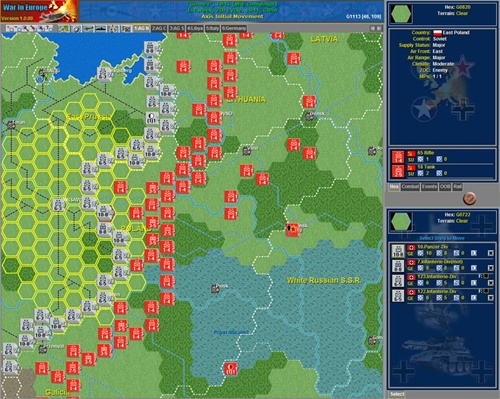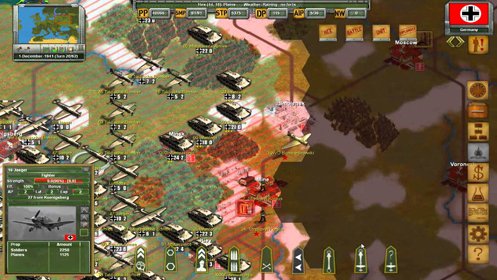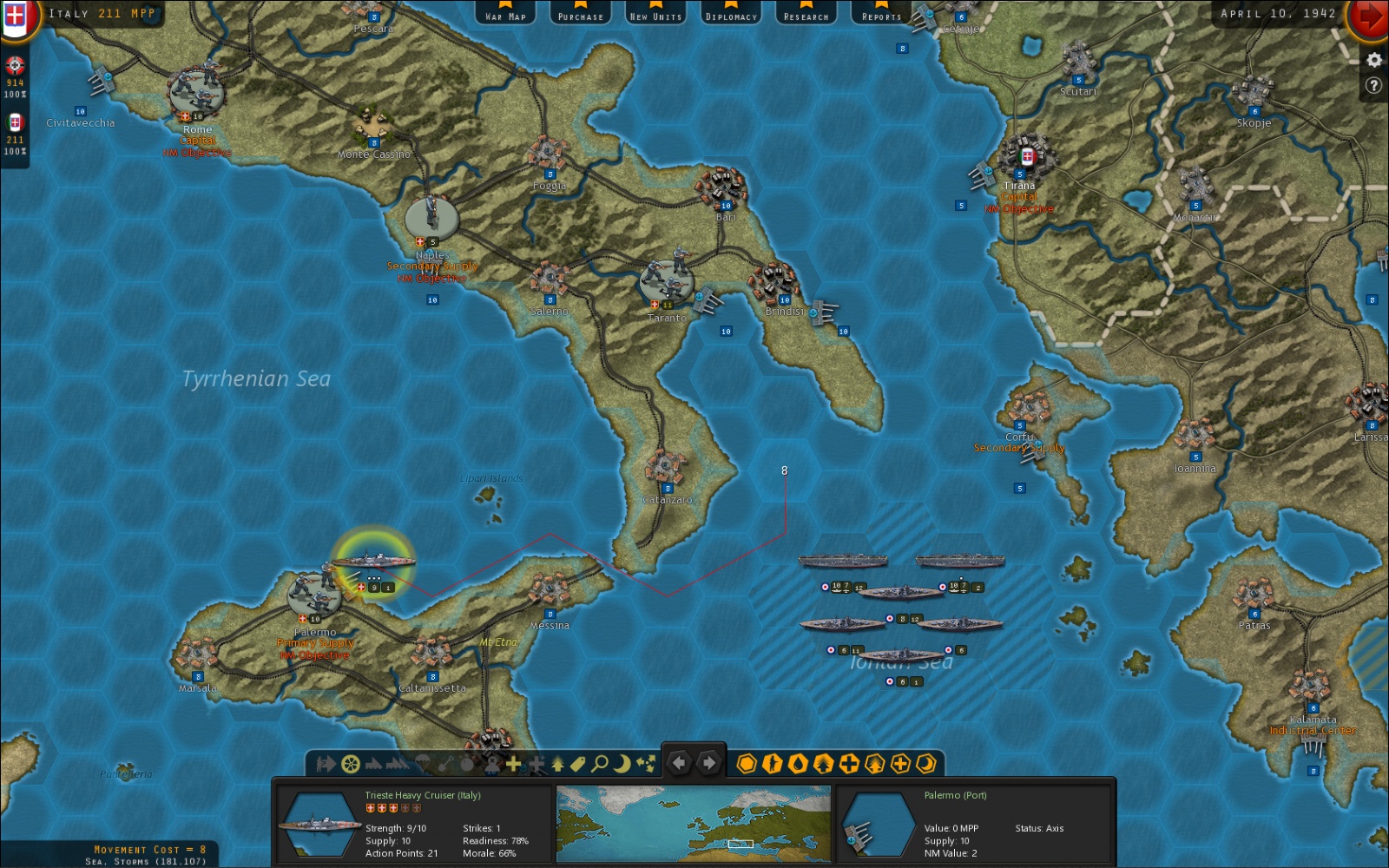

#Strategic war in europegame full
3, Russian state-owned energy giant Gazprom announced it was shutting down the Nord Stream 1 pipeline, which distributes natural gas to Europe through Germany, and that “the pipeline will not resume in full until the collective West lifts sanctions against Moscow over its invasion of Ukraine.” He built European dependence on Russian gas brilliantly over the past decade and is prepared to use it as leverage against NATO and EU countries supporting Ukraine. The linchpin to Putin’s “winterization” strategy, though, is energy - natural gas, and nuclear-powered electricity - and he needs a cold winter to play it. Ukrainian fighters continue to suppress Russia’s artillery and maneuver to close in on an army whose will largely has been broken. and increased range of munitions provided by Germany make the latter two courses of action more likely. The High Mobility Artillery Rocket Systems provided by the U.S.

The undermanned, ill-equipped, and shell-shocked Russian forces tasked to “die in place” cannot survive without artillery support, and if it comes down to a close fight, their courses of action are fight, flight or surrender. While they await a cavalry, Russia once again will turn to its artillery to keep Ukraine’s military at arm’s length and continue the reign of terror against unarmed civilians in Kharkiv, Odesa and other towns in southern Ukraine. The Russian 3rd Army Corps, composed mostly of minimally trained volunteer battalions, is being sent to the front to shore up defenses and buy time, but it may take until November to get them and their decrepit equipment in position. Another report said the 127th Regiment, a unit stood-up in April with men forcibly mobilized from Donetsk and Luhansk, refused to fight over a “lack of vital supplies.”Įlsewhere, Putin’s war is largely limited to holding terrain and attempting to push through referendums to join Russia as expeditiously as possible, a reality not lost upon Moldova’s prime minister, Natalia Gavrilita, who, fearing the same, acknowledged, “If a country can start an annexation war without any regard for international law, then in this sense, nobody is safe.” Putin neither understands, nor appreciates, the condition of his soldiers, as evidenced by a United Kingdom Ministry of Defense intelligence report claiming a unit from the Luhansk People’s Republic delivered a “declaration outlining their refusal to be deployed as part of offensive operations in Donetsk Oblast.” The report specified that they had “done their duty securing the Luhansk Oblast” but were unwilling to fight in Donetsk. 15, but his commanders on the ground lack sufficient combat power.

Putin is still intent on capturing Donetsk, extending his deadline for that to Sept. Ukrainian forces are advancing along several axes in western Kherson Oblast and have also secured territory across the Siverskyi Donets River in Donetsk Oblast.” Russian ground forces are digging in however, their supply lines cannot sustain them, and they are losing ground. The Russian offensive largely has stalled and, according to the Institute for the Study of War, the “Ukrainian counter-offensive is making verifiable progress in the south and the east. Putin is in trouble and the alliance has a small window of opportunity to drive Russia out of Ukraine before winter sets in. The U.S., NATO and the EU need to put on their best game face and shut down this course of action now. The underlying assumption is that Europeans would choose warmth and comfort over Ukraine’s independence. Theoretically, the Kremlin’s strategic aim is to produce an energy crisis in the dead of a European winter to break the will of NATO from continuing to militarily and economically support Kyiv. Despite long-range weather forecasts to the contrary, Putin is gambling on a brutally cold and snowy winter like that of 1941, which helped derail the German army’s attack on Moscow during Operation Barbarossa.


 0 kommentar(er)
0 kommentar(er)
